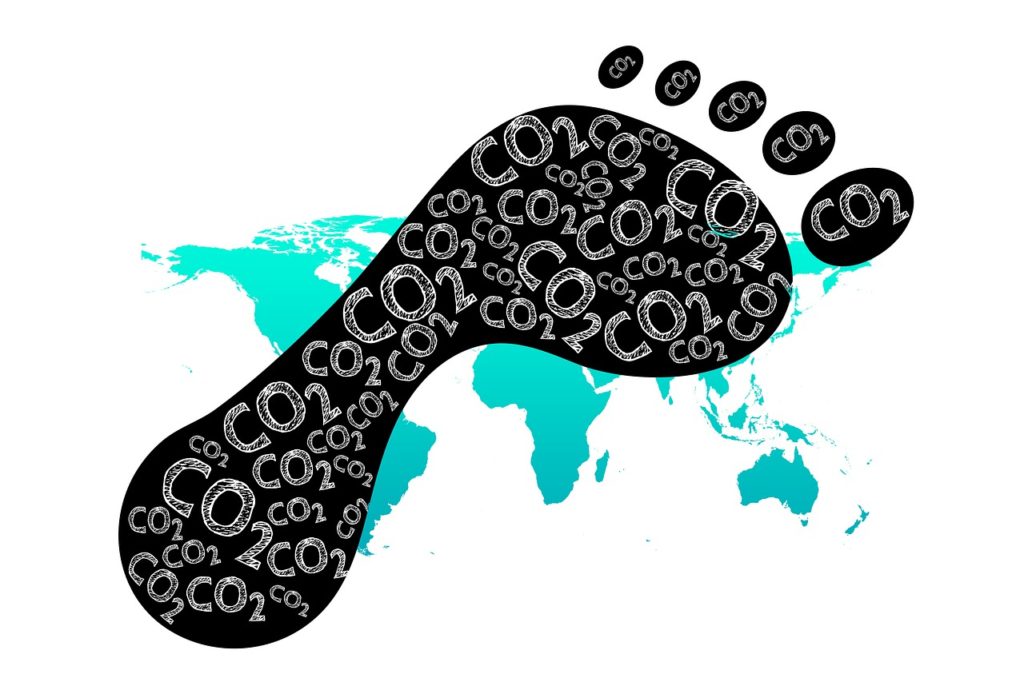What is IPCC?
Short for Intergovernmental Panel for Climate Change (IPCC) is a body of the United Nations that assesses environmental issues and provides extensive knowledge on Human action-driven climate change. It was established in 1988 by the UN Environment Programme (UNEP) and the World Meteorological Organization (WMO). The Intergovernmental Panel is composed of representatives appointed by 195 member states. IPCC is responsible for preparing Assessment Reports, methodology reports, and special reports to provide extensive knowledge on the subject. One thing that is important to understand is that the IPCC doesn’t conduct research rather it reviews all the relevant published literature to provide information to the policymakers.
How many reports have been published by IPCC?
The organization has published 6 main assessment reports. The reports are prepared through an extensive investigation of existing literature by leading environmentalists, researchers, and specialists from all around the world. After spending months or even years, the final report contains authoritative knowledge on the scientific, technical, and socio-economic aspects of the social issue of climate change. The reports provide the framework for climate change policy making. Each Assessment Report is published in three volumes corresponding to Working Groups I, II, and III. The following is the timeline of the previous assessment reports by IPCC.
- First Assessment Report (1990)
- Second AR (1995)
- Third AR (2001)
- Fourth AR (2007)
- Fifth AR (2014)
- Sixth AR (2021/2022)
In addition to the Six Assessment Reports, IPCC has also published several other reports such as the Special Report on Global Warming of 1.5 degrees Celsius (2018), and the Special Report on the Ocean and Cryosphere in a Changing Climate (SROCC) (2019) to name a few. (Source: Wikipedia)
Everything I need to know about the latest IPCC report
Just like the previous Assessment Reports, the latest report published on April 4th, 2022 also consists of contributions from three working groups. The latest volume of AR by WG III deals with the mitigation of climate change. Whereas, the previous volumes from working groups I and II dealt with “The Physical Science Basis” and “Impacts, Adaptation, and Vulnerability” respectively. The first part was published in August 2021, while the second part was published in February 2022. The latest version similar to previous reports highlights some major consequences of climate change including severe droughts, food insecurity, harm to the ecosystem, water insecurity, floods, storms, wildfires, etc., while also adding up-to-date science about them. Furthermore, the report also indicates that greenhouse gas emissions are also rising.
Significance of the Assessment Reports
Assessment Reports by IPCC are one of the key documents to enhance our understanding of the issue of climate change. The Assessment Reports provide up-to-date information to the policymakers to drive action against the issue. The reports play an important role in spreading awareness about the risks associated with climate change.
Key takeaways from the Assessment Report 6 IPCC
- The unit costs of some renewable sources of energy such as Photovoltaic cells, Onshore wind, Offshore wind, and concentrating solar panels have reduced and their application has increased.
- Digital technologies can play role in the mitigation of climate change
- The total financial flow for the mitigation of the change in climate has increased but not enough to achieve the goals set in the Paris Agreement.
- The global financial system is sufficient enough to finance climate change mitigation actions.
- Achieving net zero industry emissions is difficult but possible; It can be achieved through adaptation of production processes using low and zero GHG energy, fuels, hydrogen, and efficient carbon management.
- The emissions are not uniformly distributed; the developed countries are contributing more to the total GHG emissions. The least developed countries (LDCs) contribution was only 3.3 % in 2019.
- The global action against climate change is insufficient, the world should speed up the action to reduce the emissions by 43% compared to 2019 levels by the year 2030.
- The economic benefit of mitigating climate change is reported to exceed the cost of mitigation actions.
Time for action: Way forward
The future isn’t that bleak after all there is a ray of hope. We can limit the change to bearable limits or more specifically the threshold limit of 1.5 degrees Celsius. There are many ways through which this can be achieved:
- A rapid transition to clean energy
- Adapt a sustainable lifestyle
- Reduce carbon-footprint
- Reduce the existing carbon in the atmosphere in addition to reducing the emissions.
- Plant more trees


2 thoughts on “A Critical Analysis of IPCC AR 6: Key takeaways from the report”
Comments are closed.